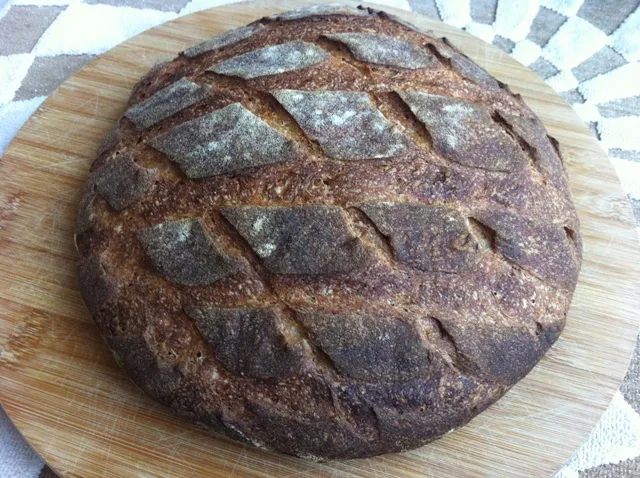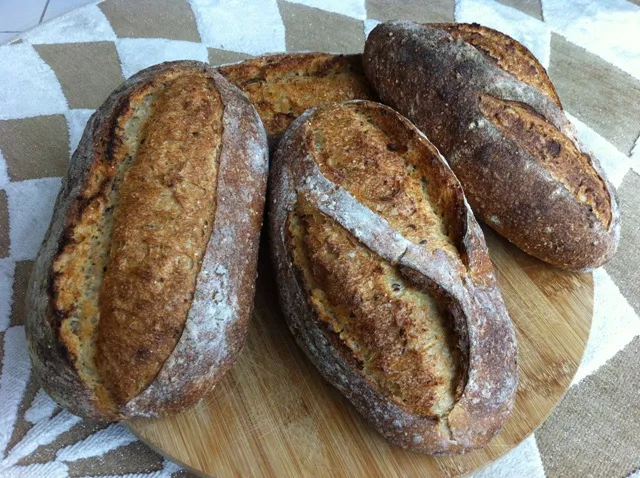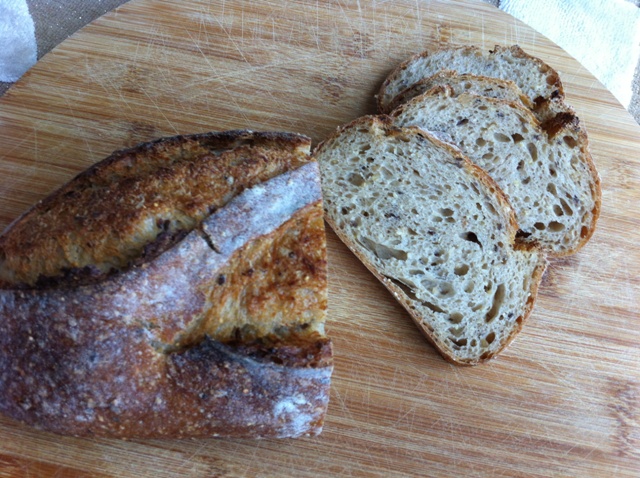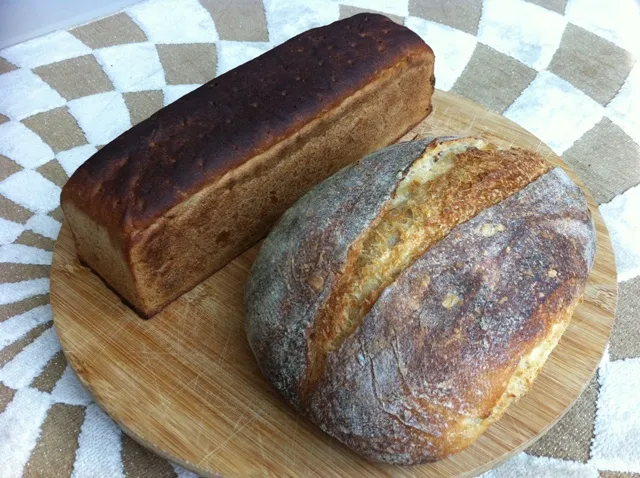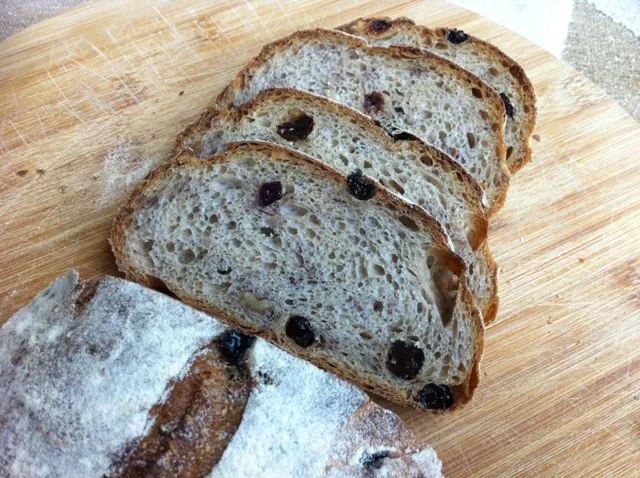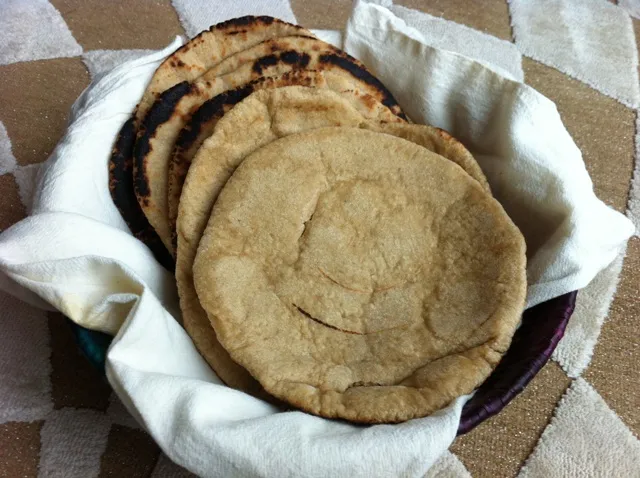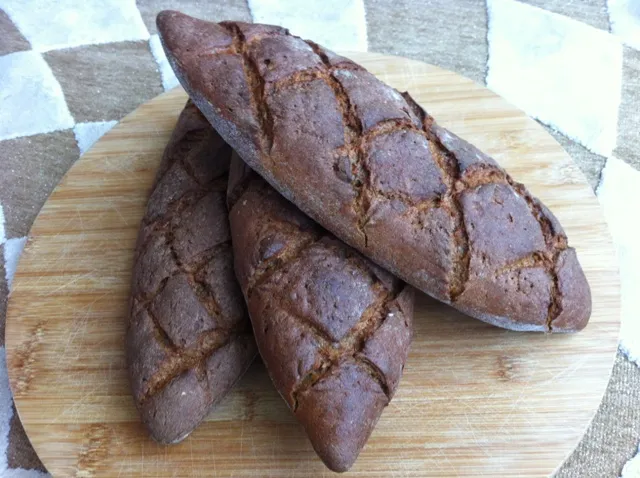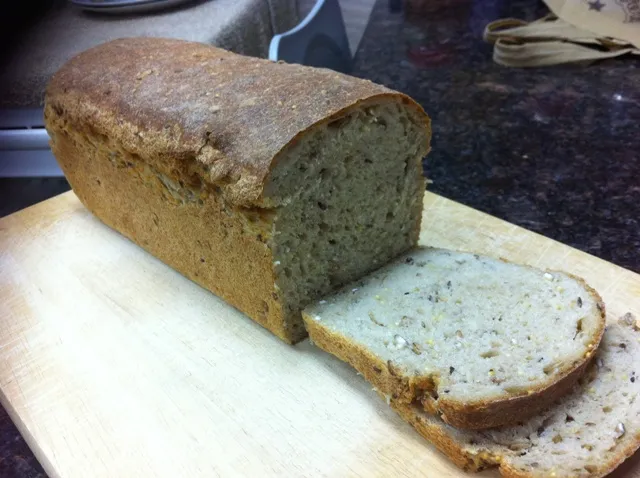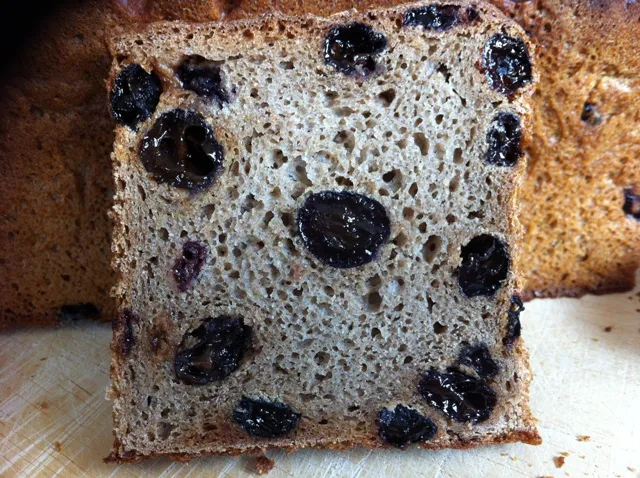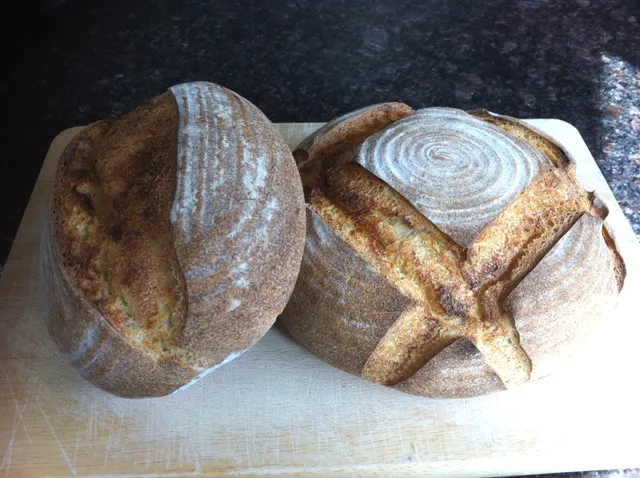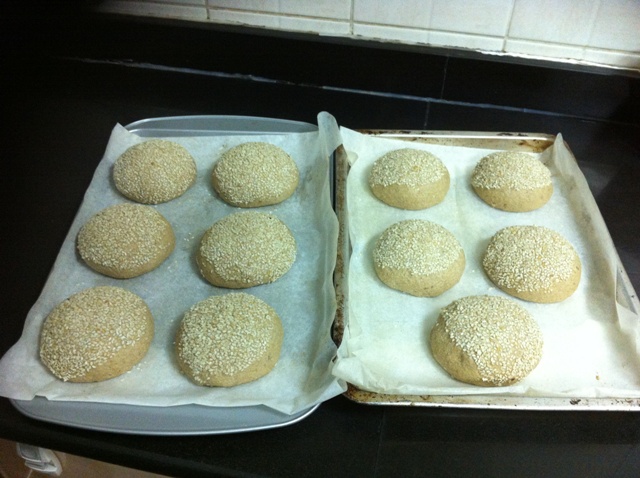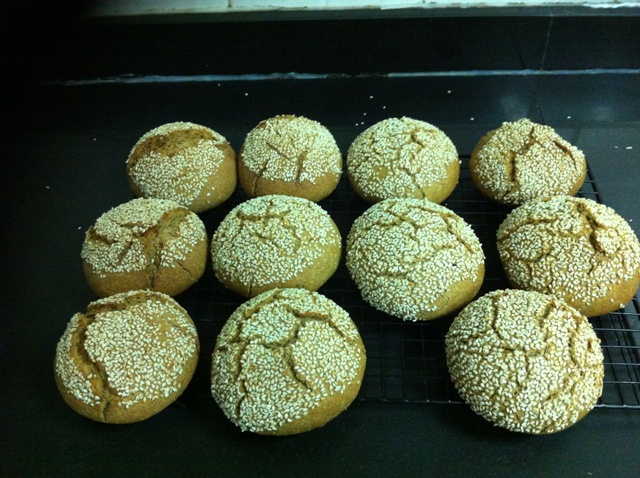Flaxseed Bread from "BREAD" by J. Hamelman
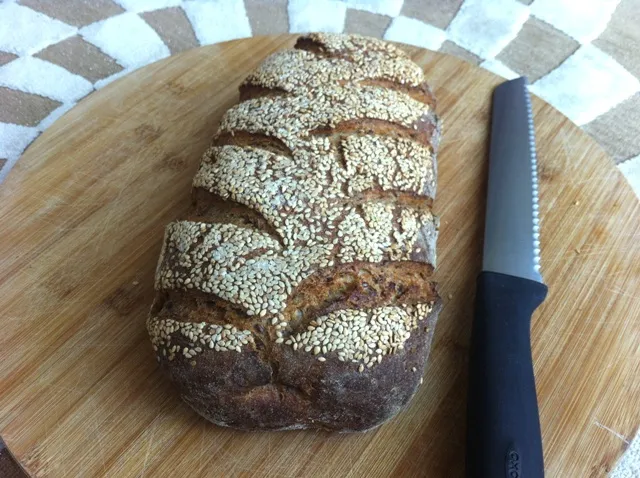
Winds of Change
Things haven’t been changing much for me in the last couple of years, and it seemed at some point that I was stuck in an unfulfilling clerical/office Job for the rest of my life. Lately, I’ve been witnessing changes in my life; the winds of change have finally blown. Pondering for over a year now on how to change my career, I decided to join an amateur course on Pastry in a culinary institute in Dubai.
